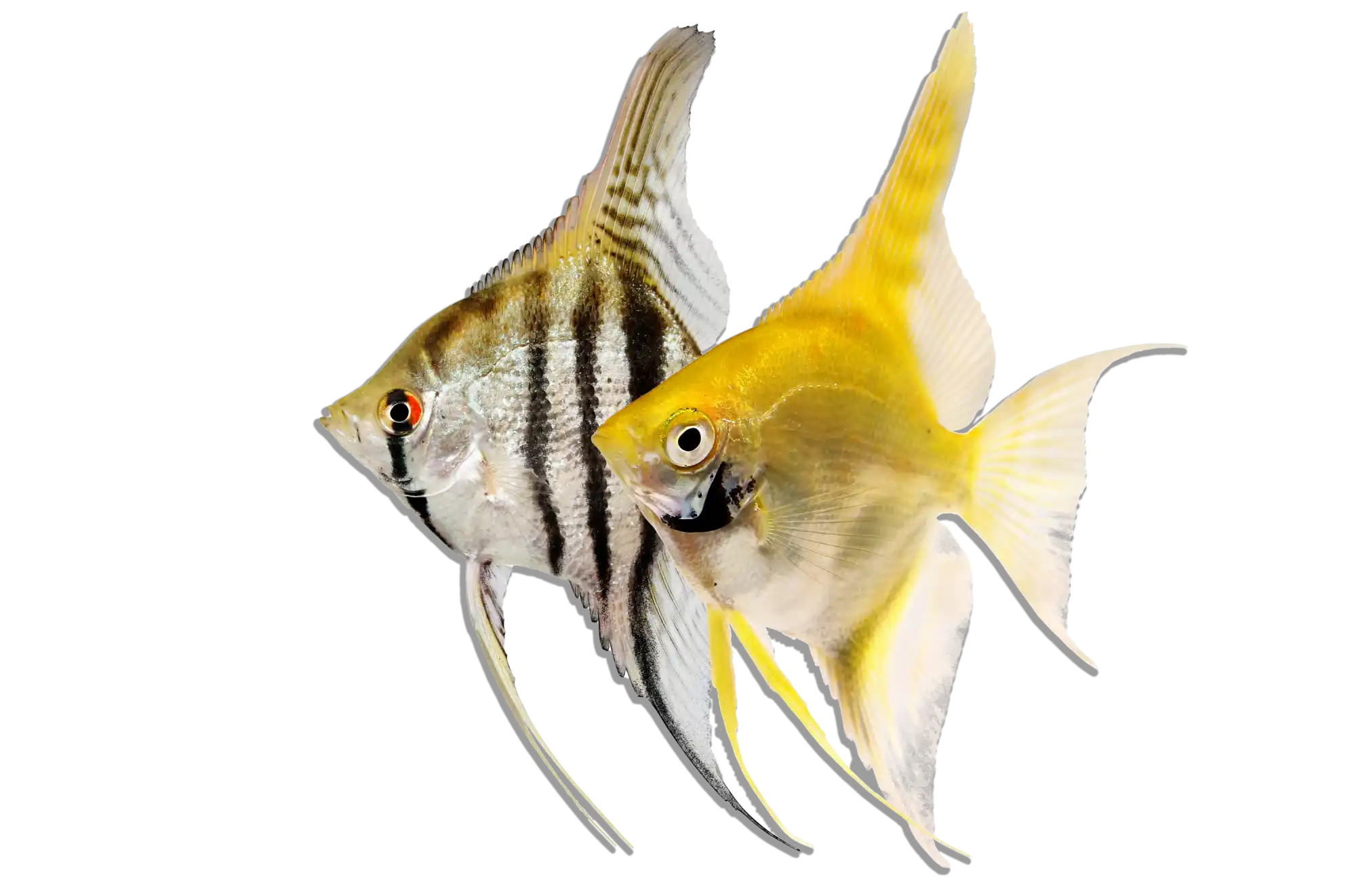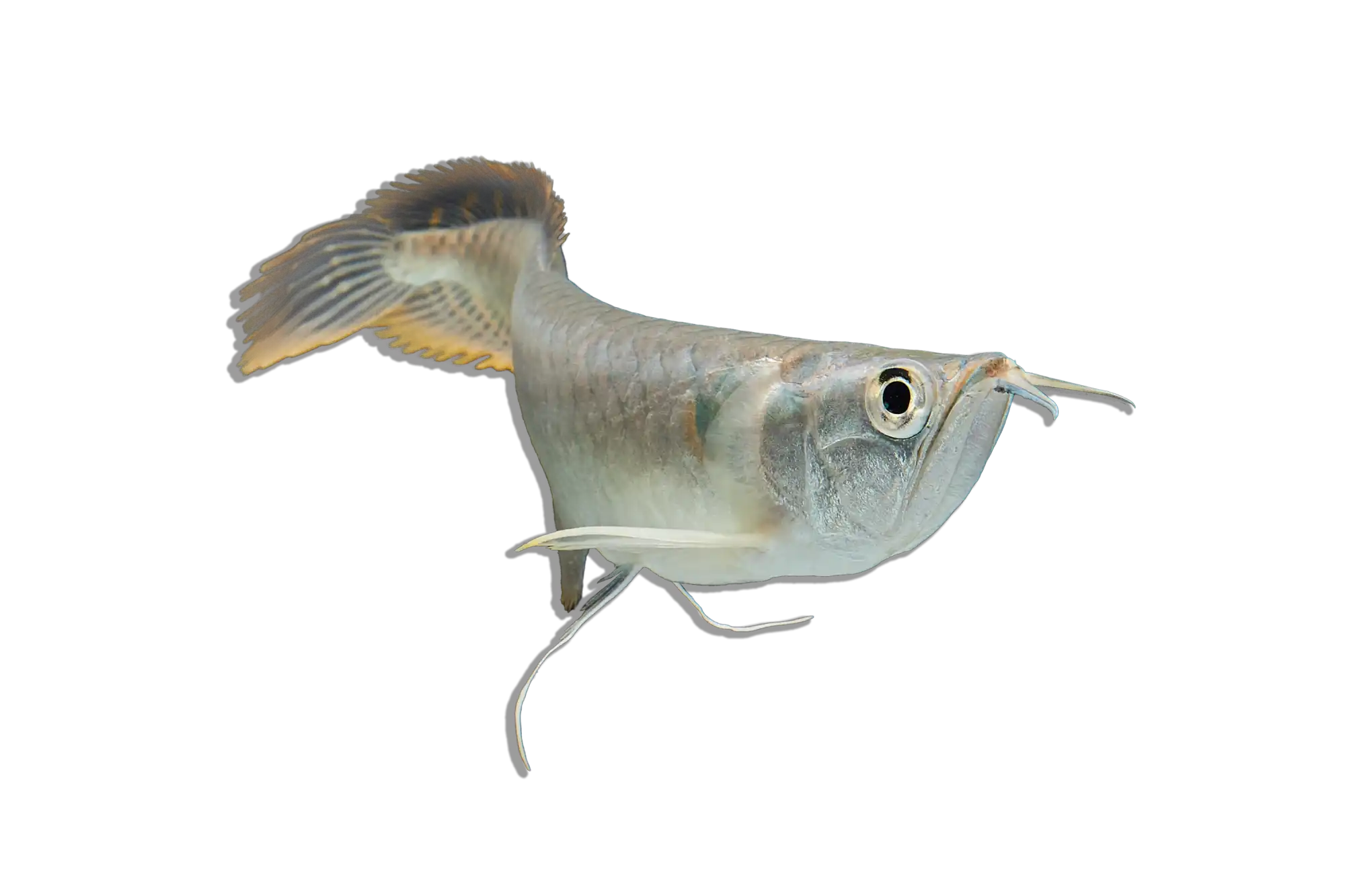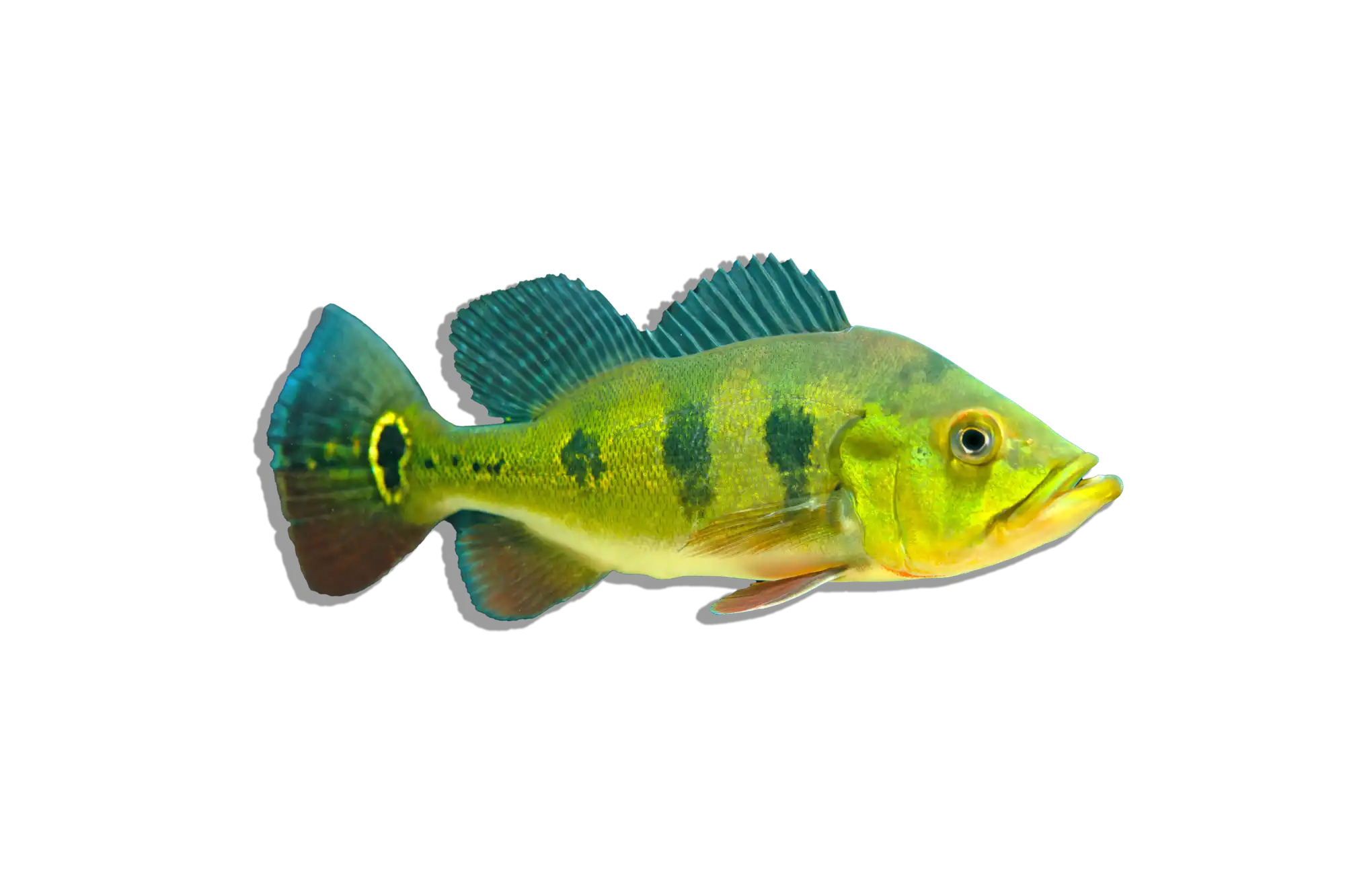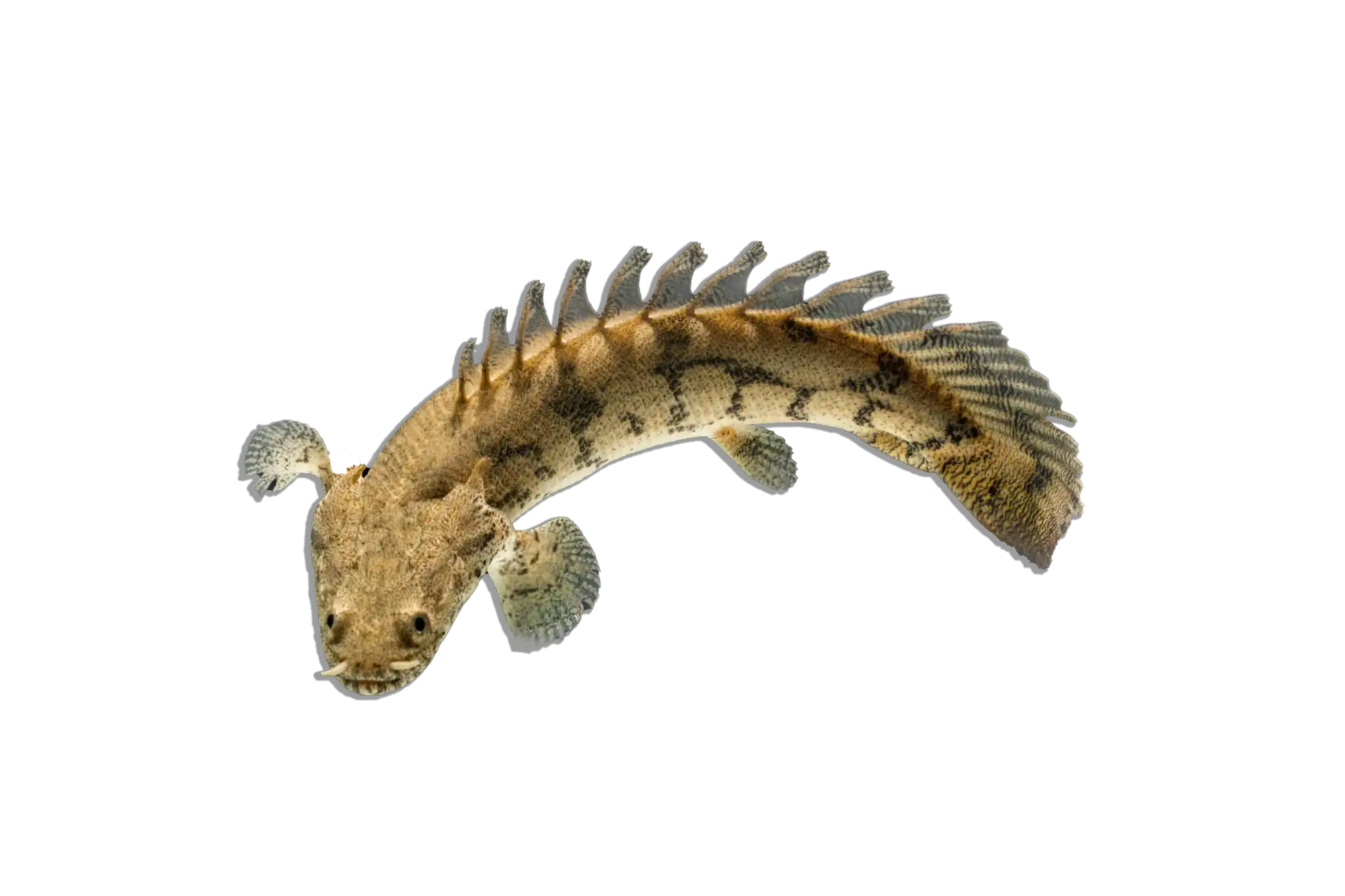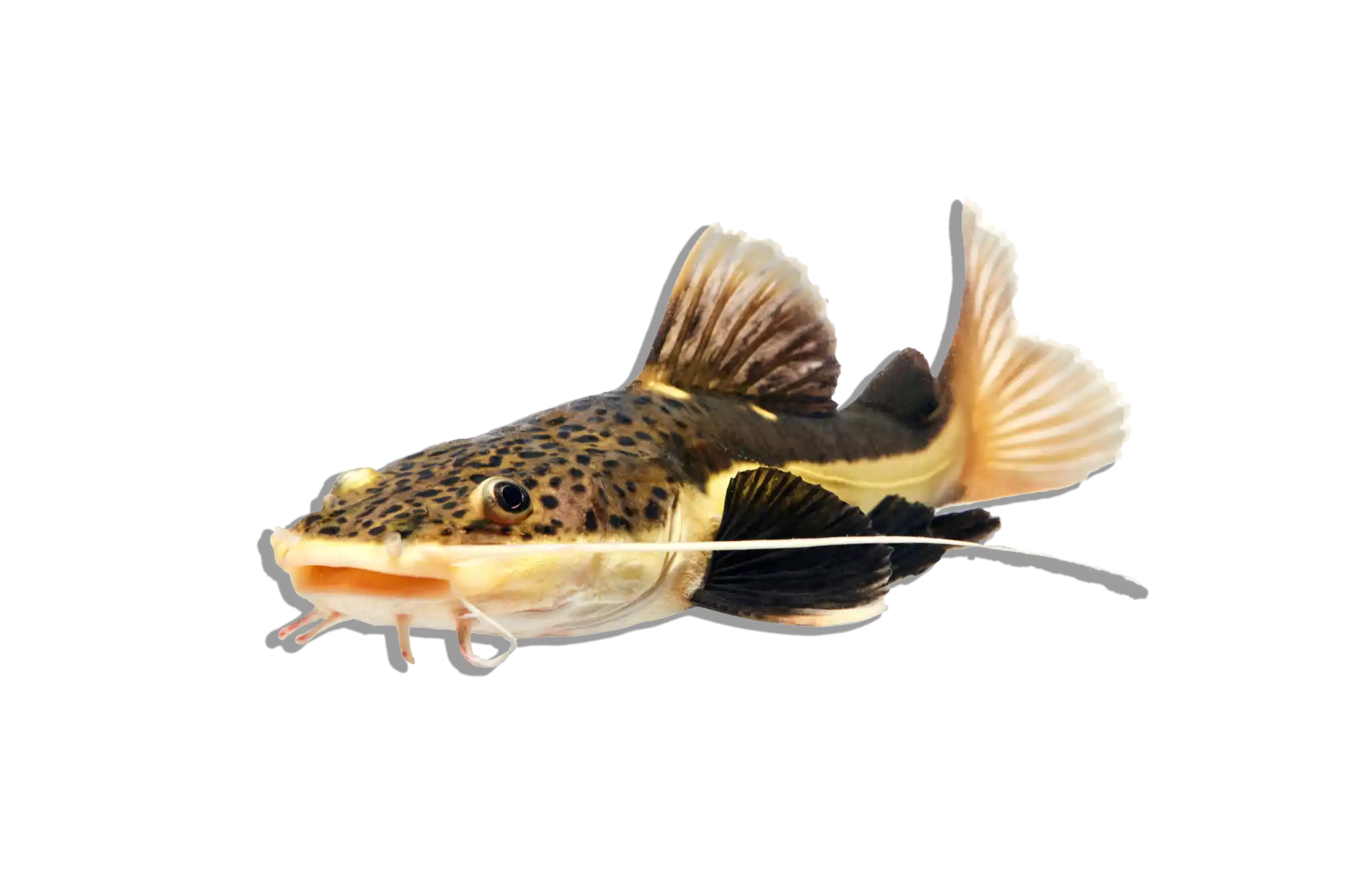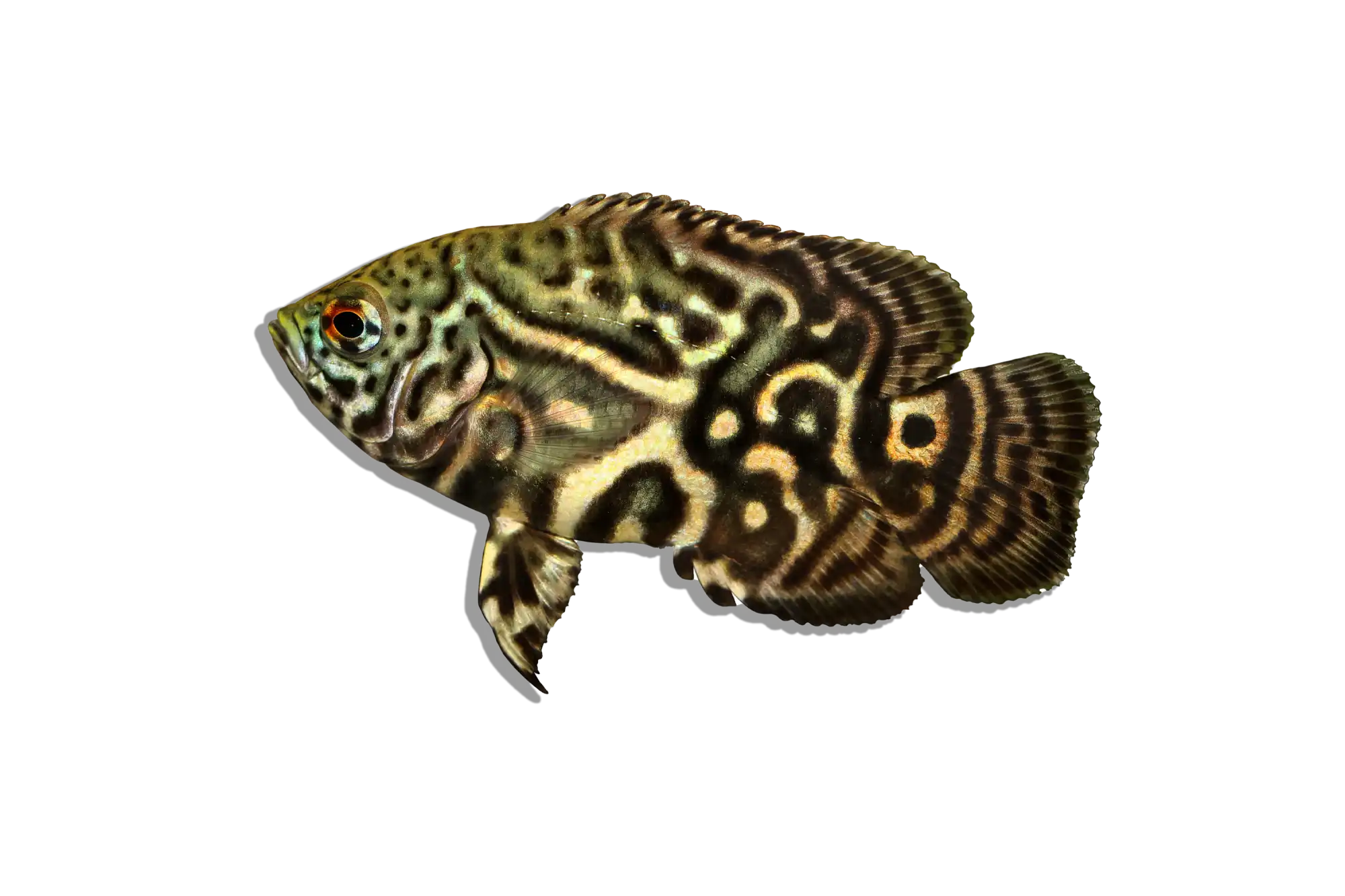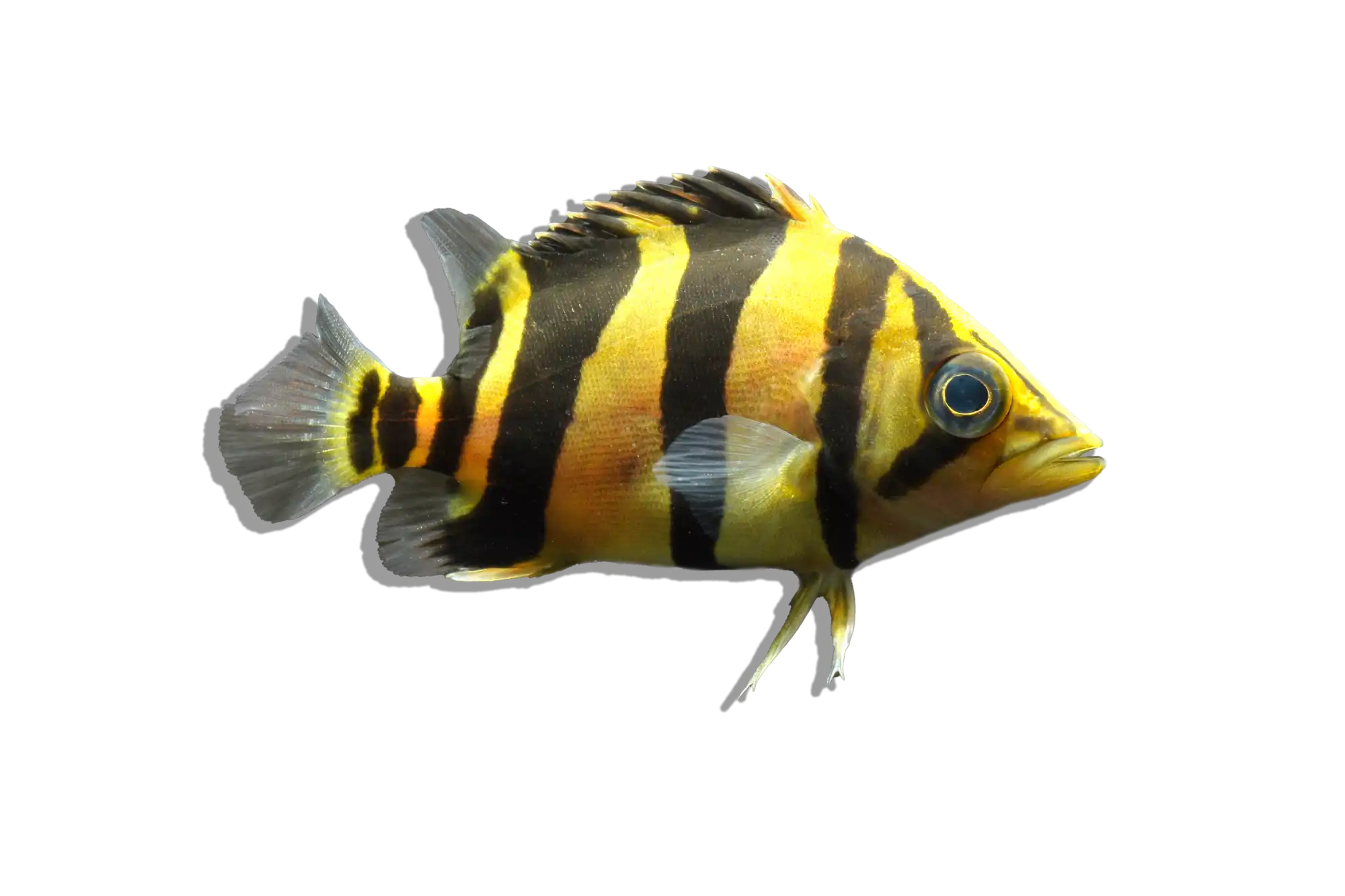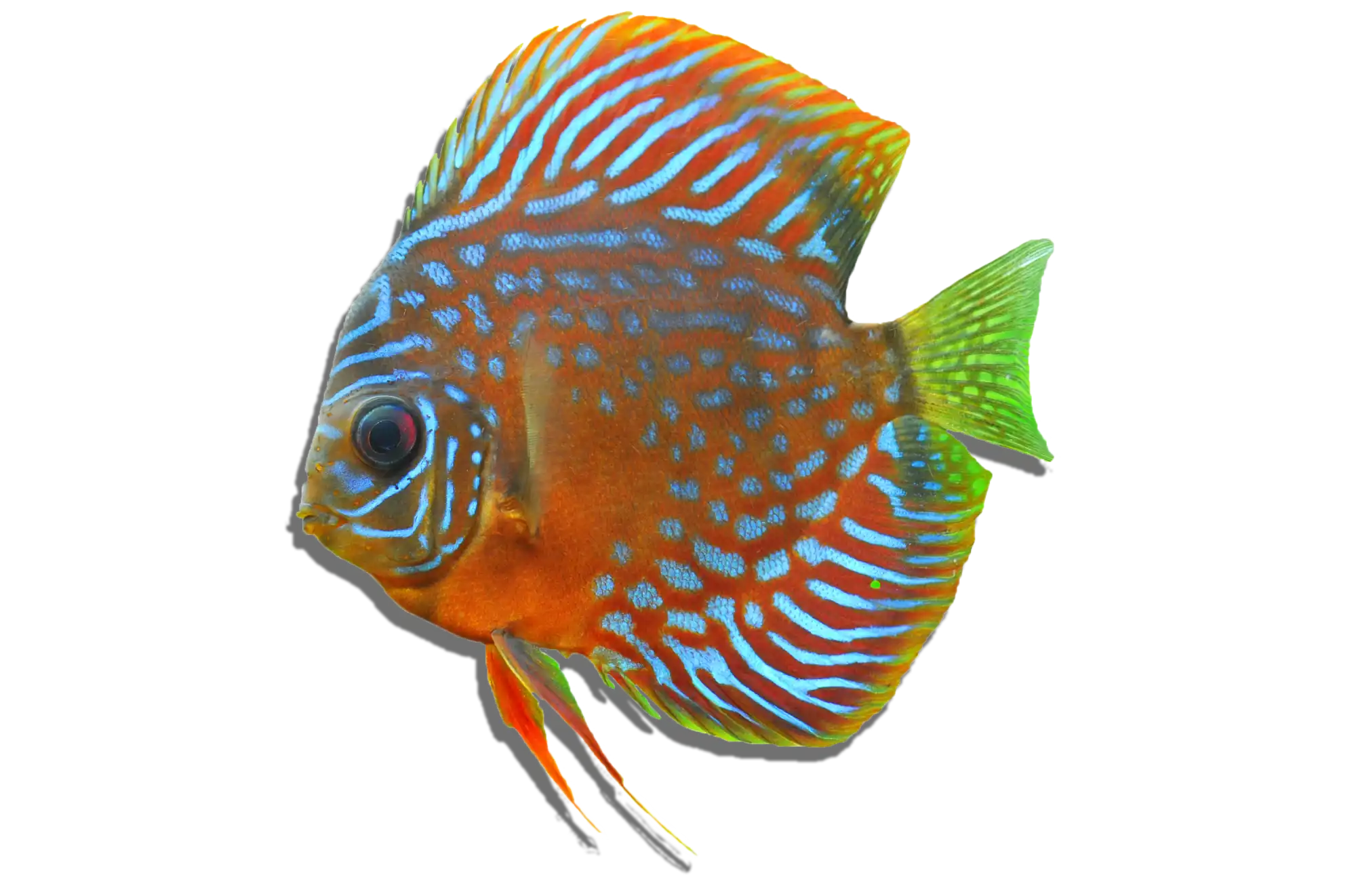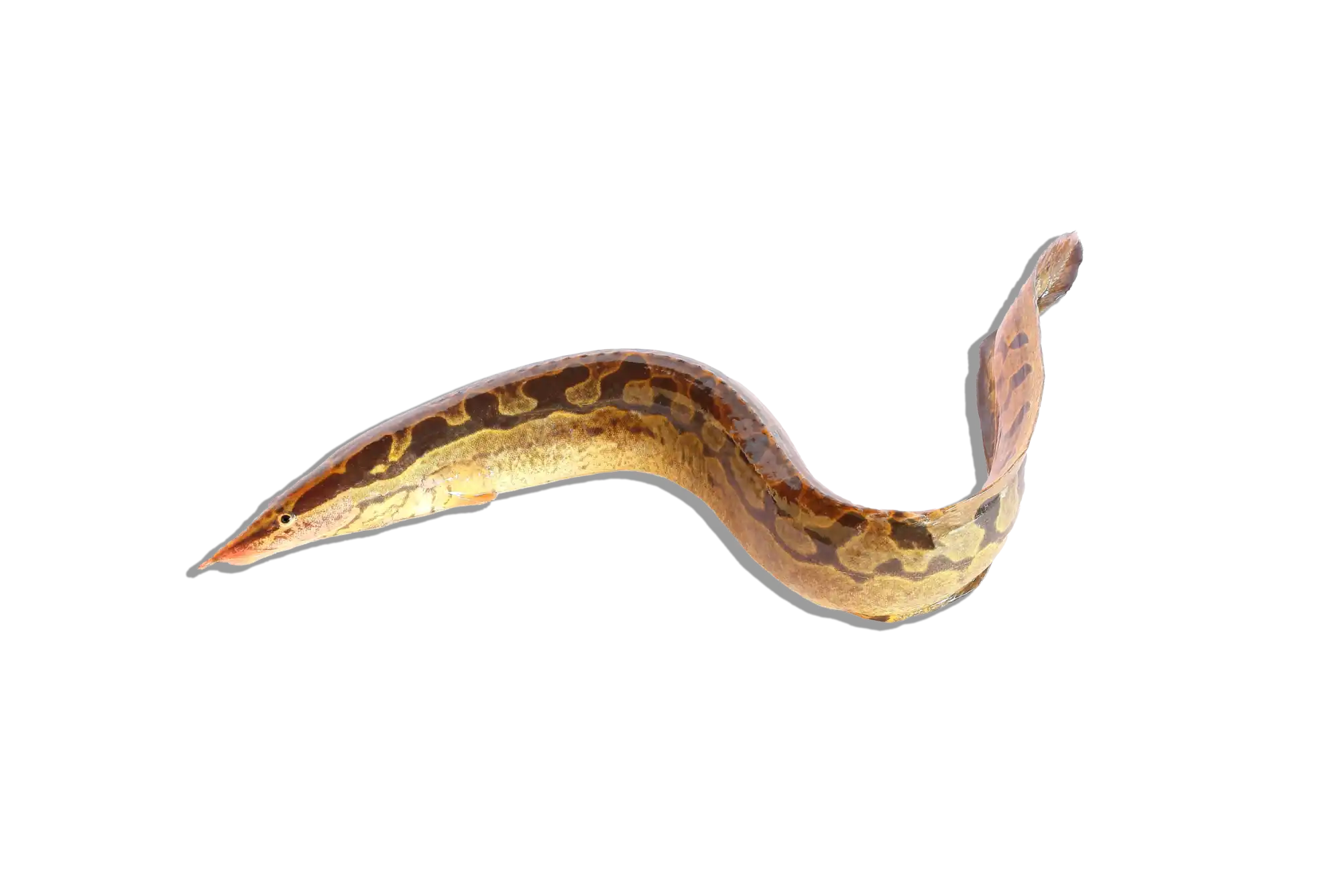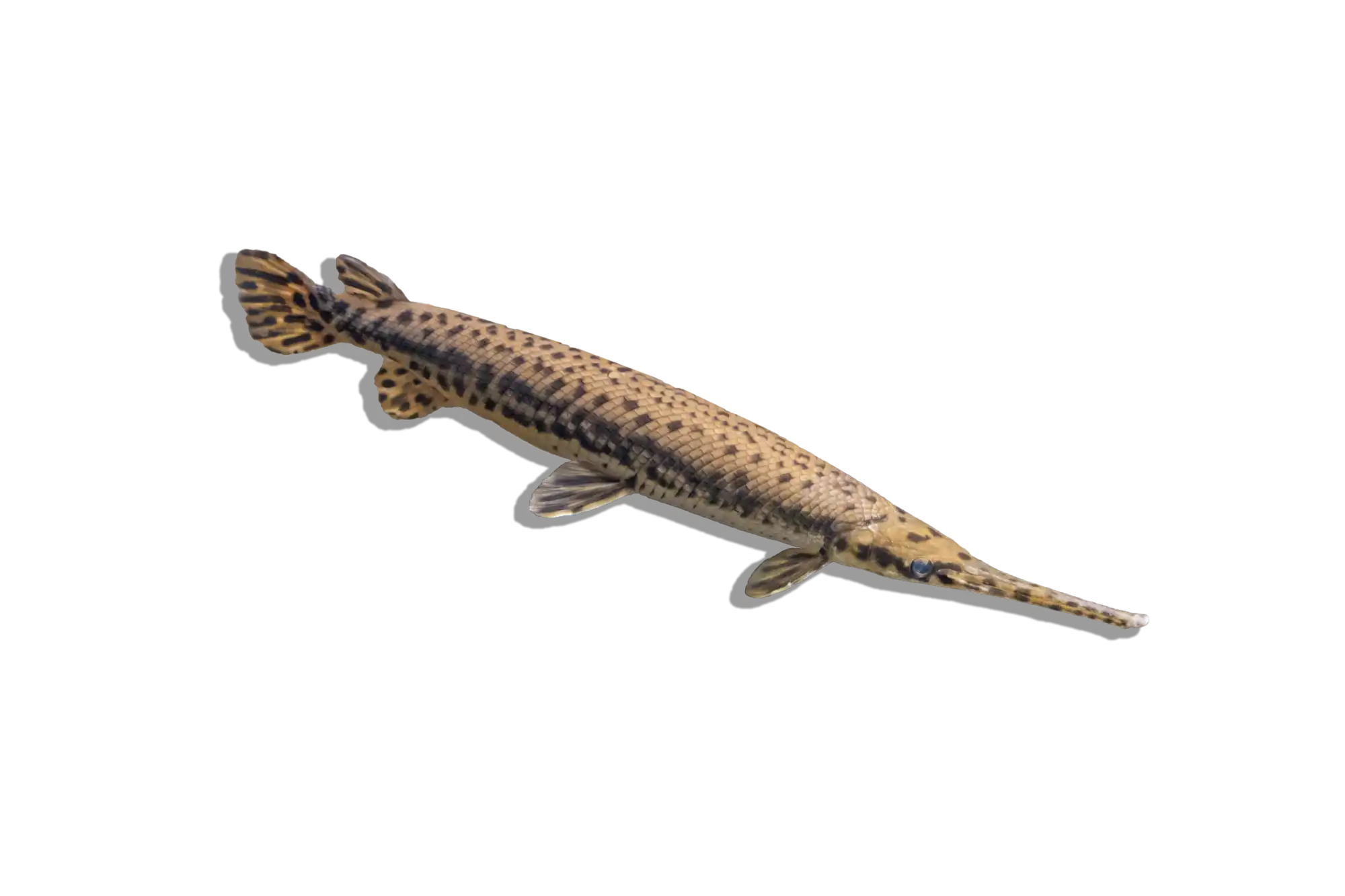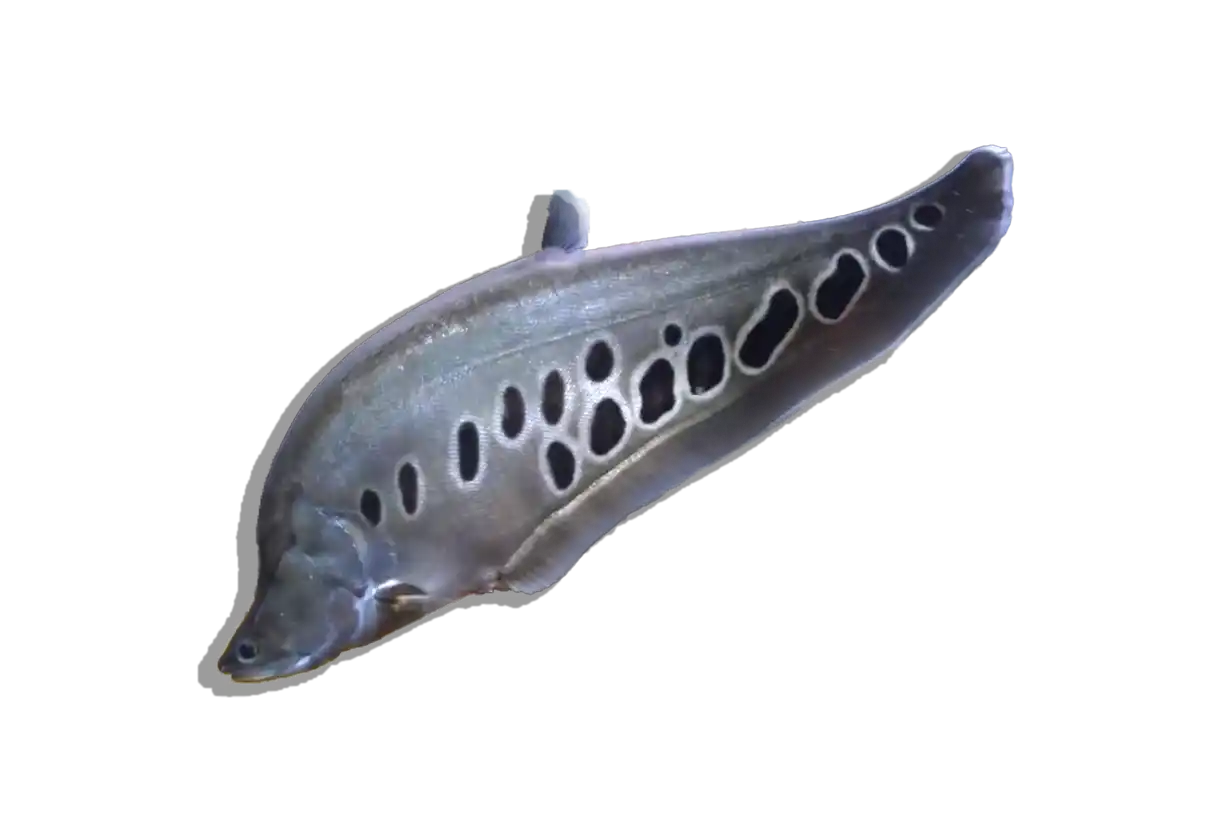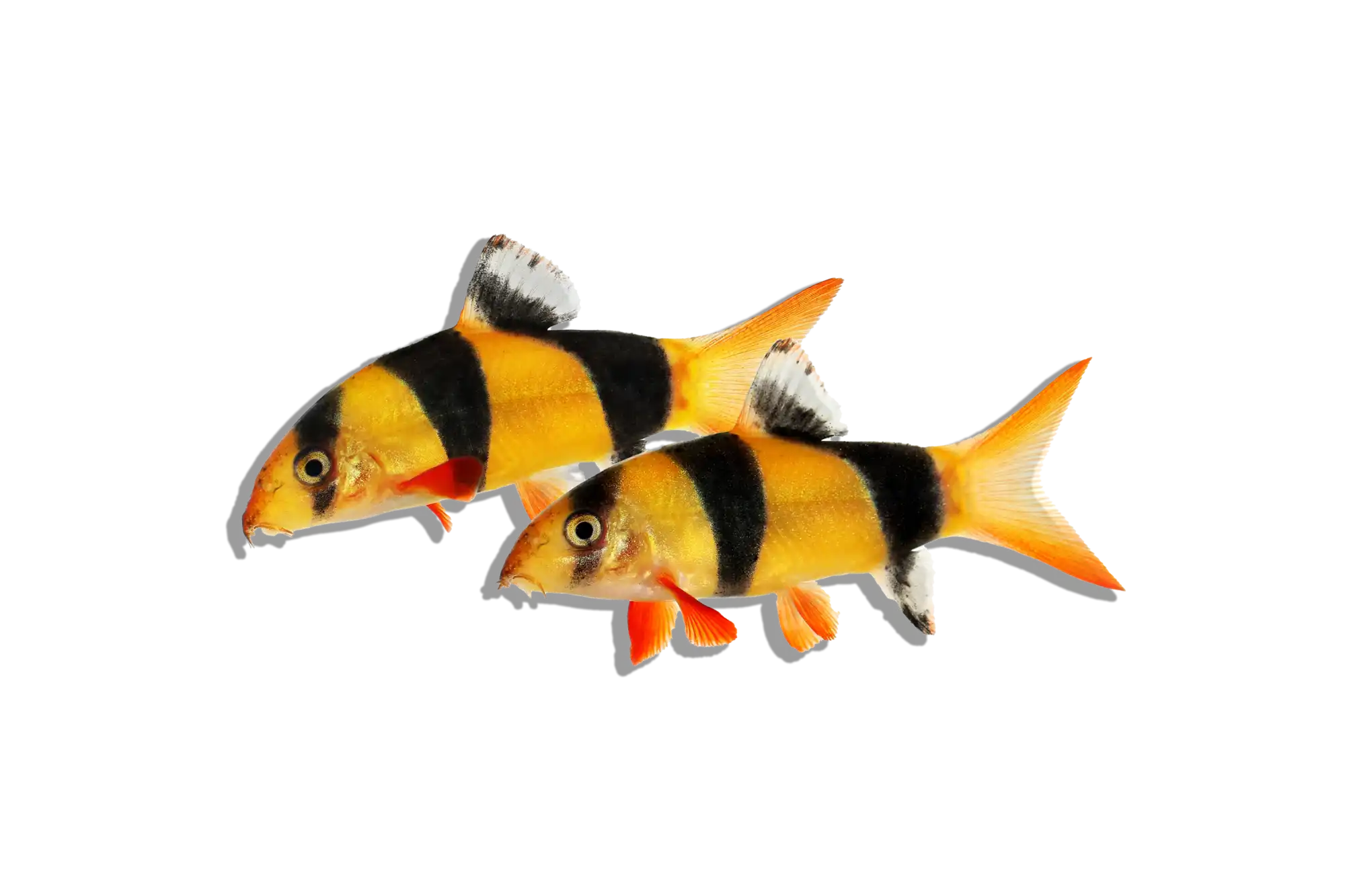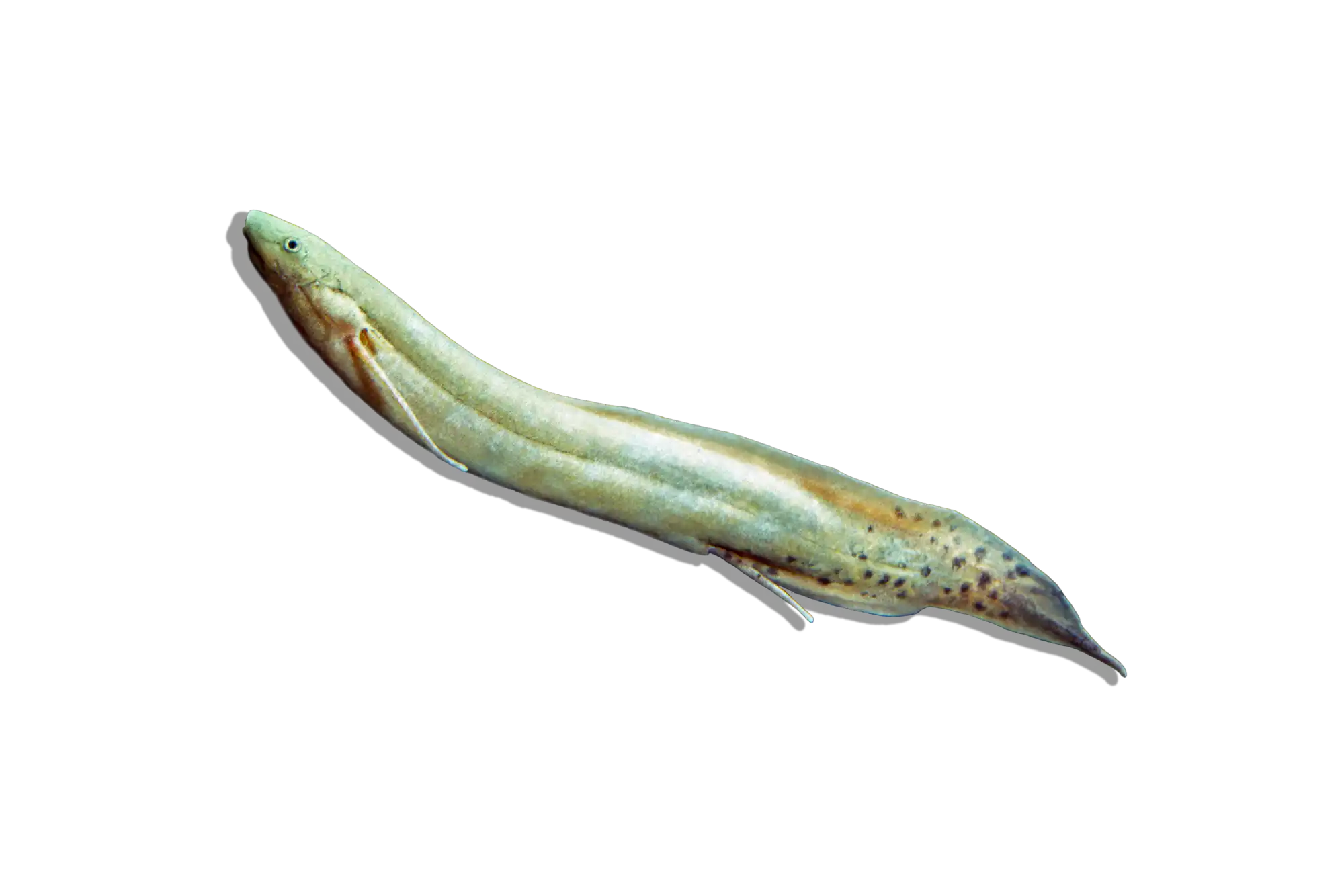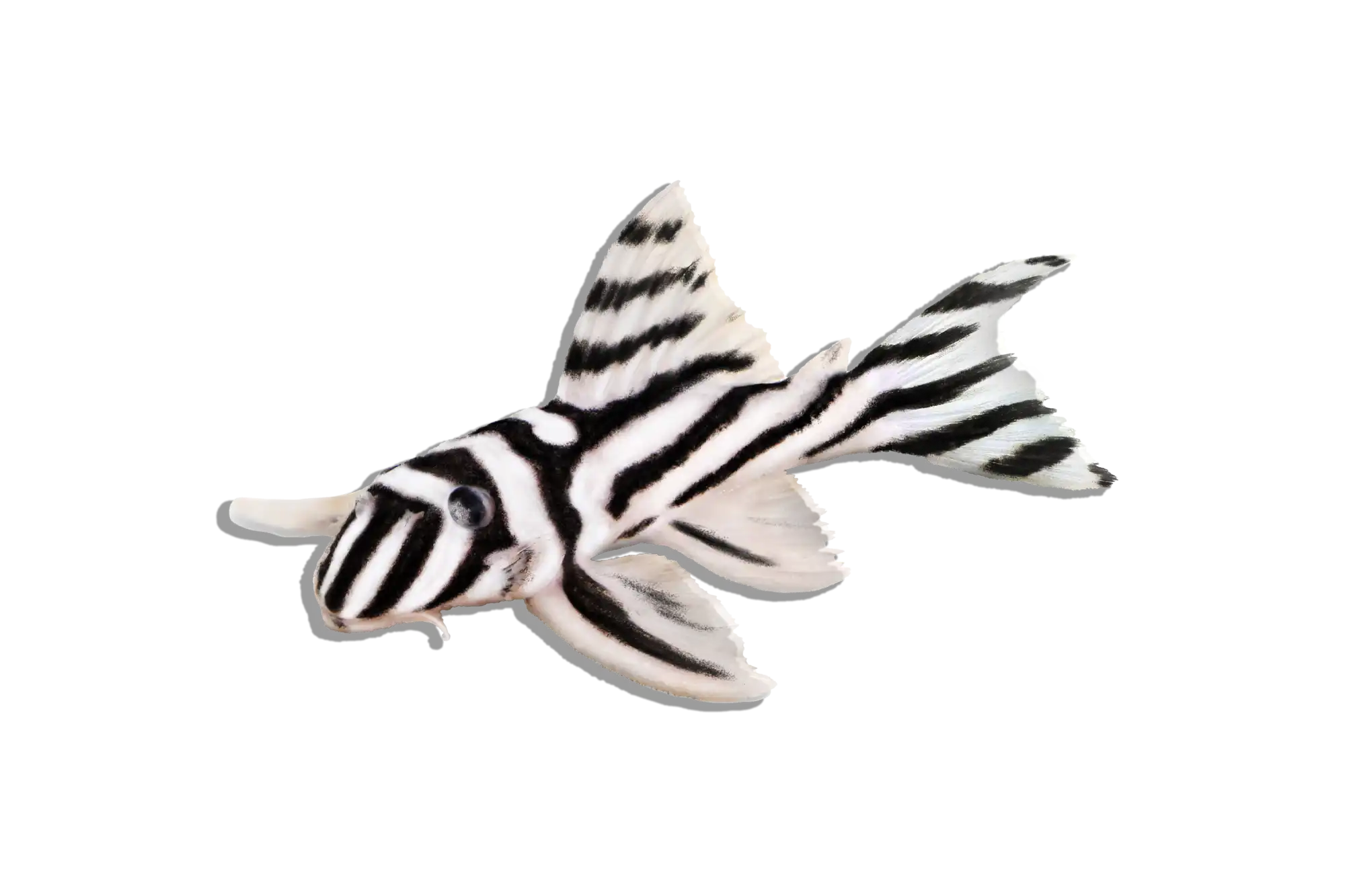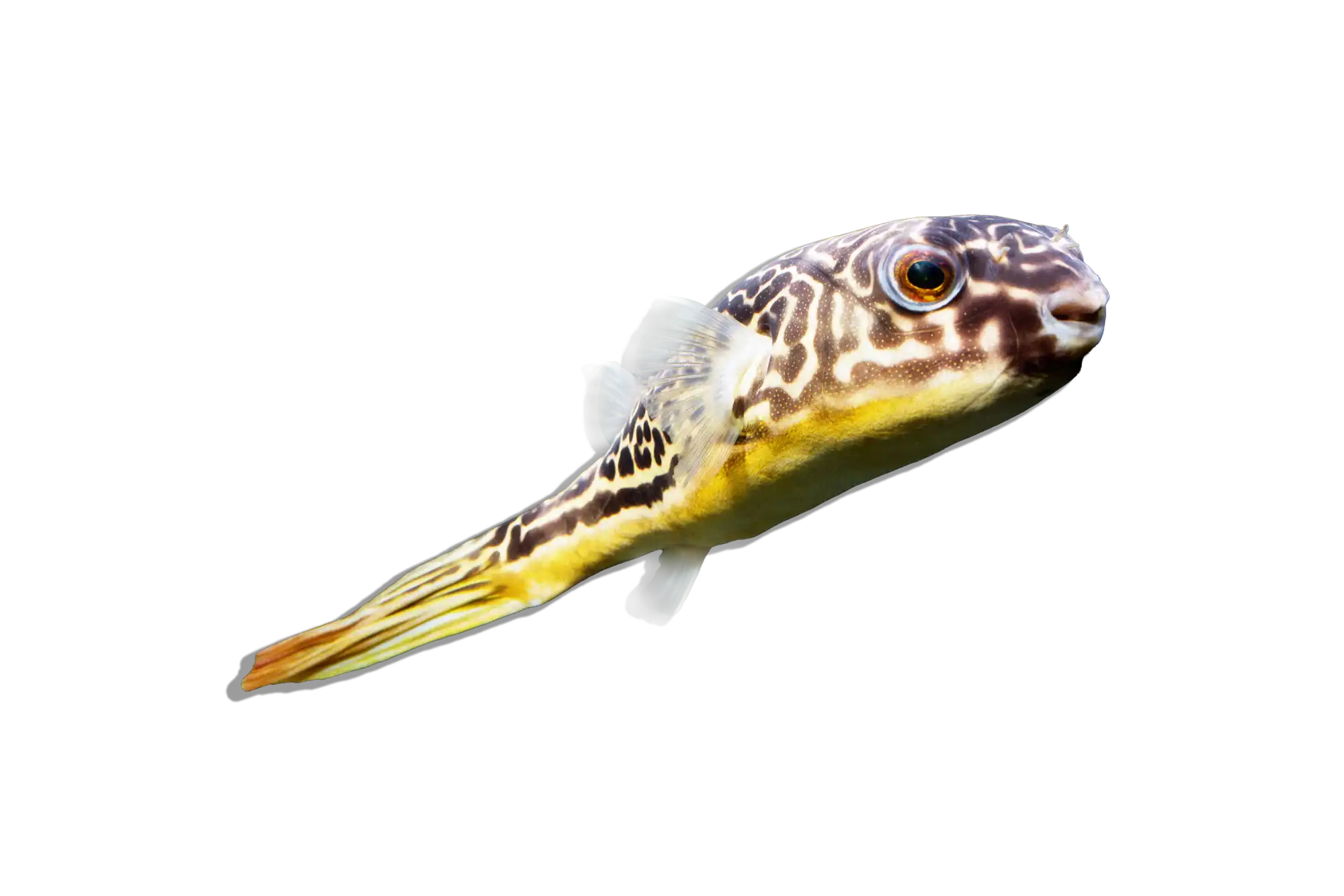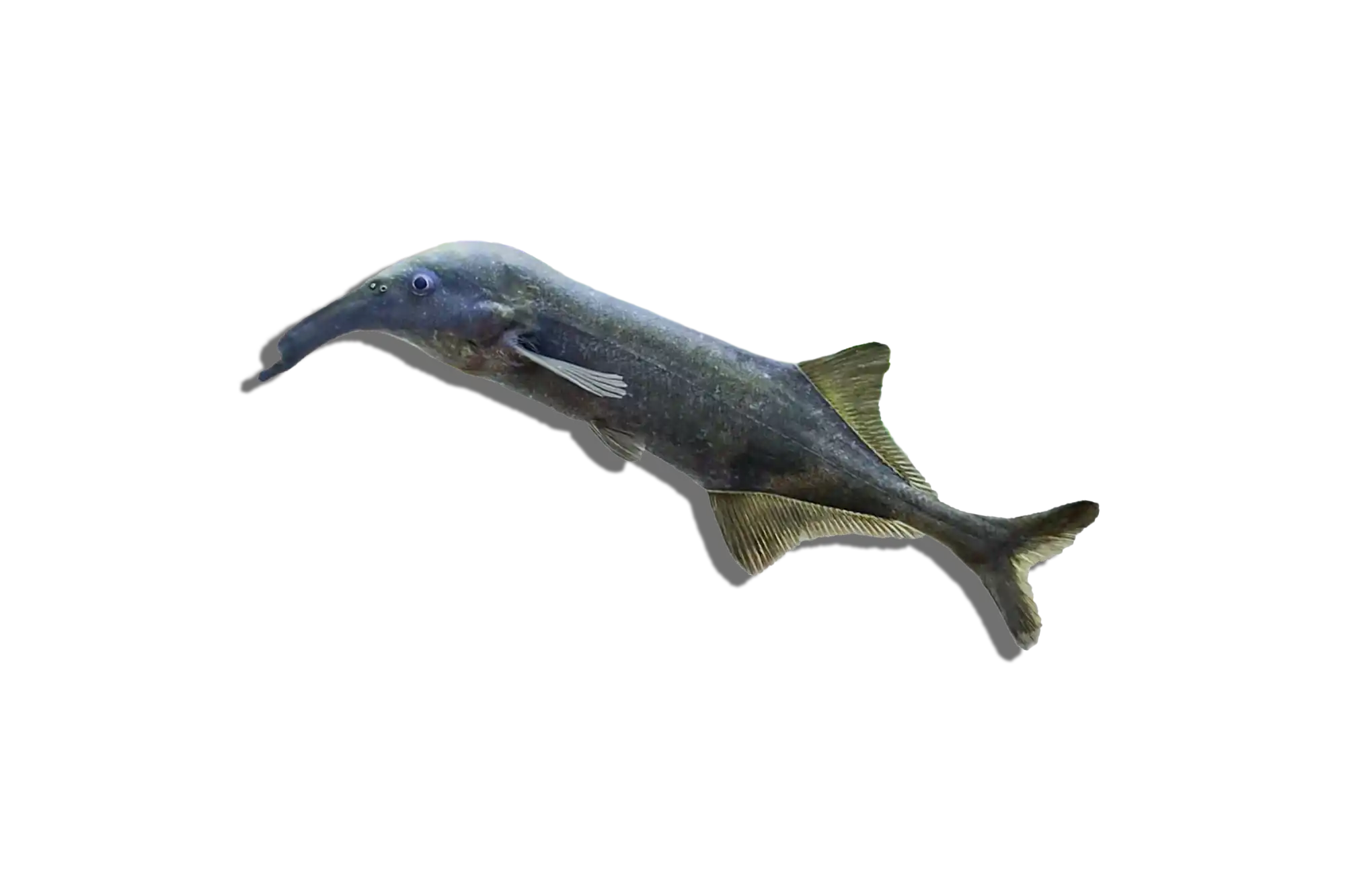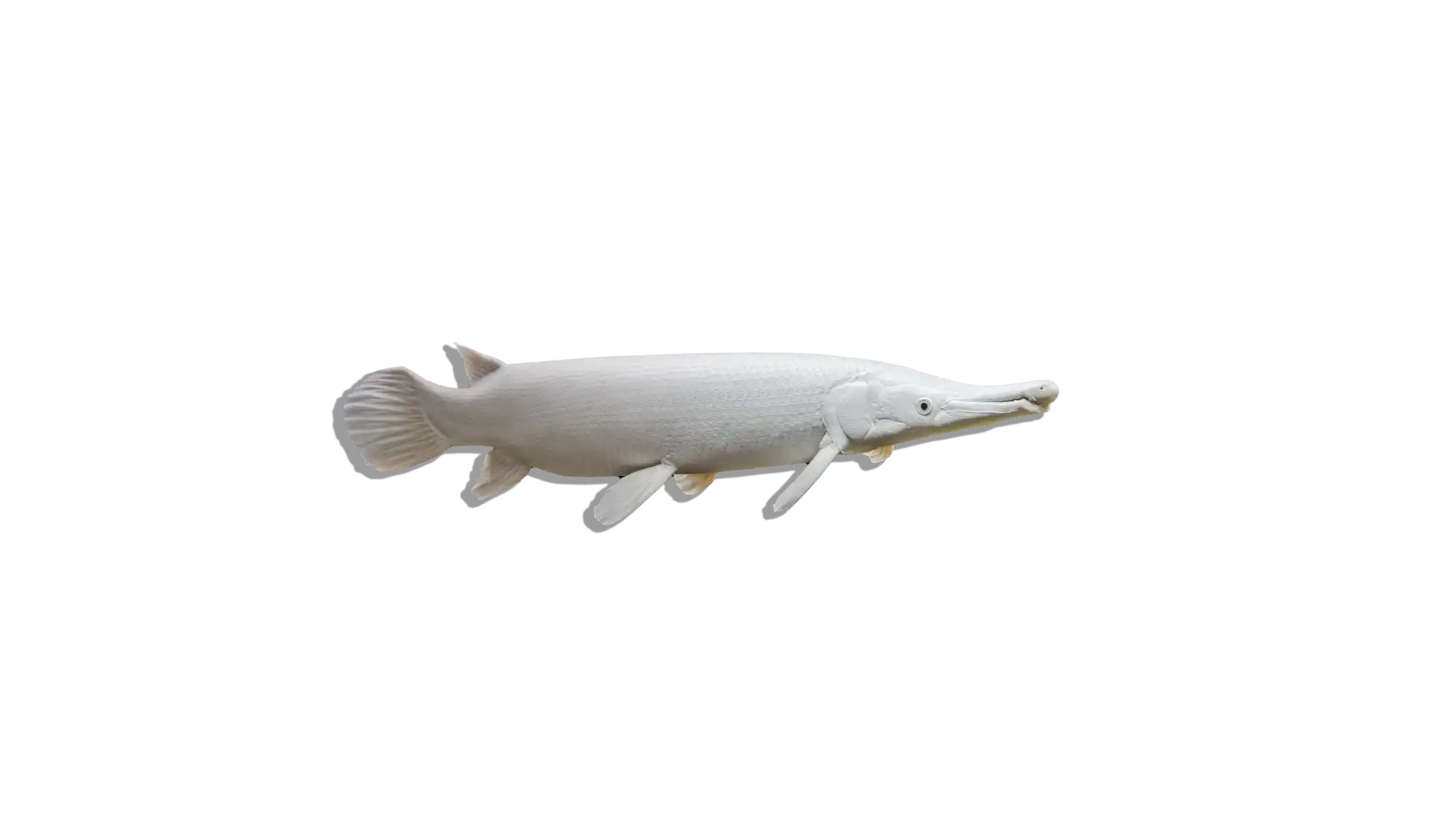Description
Common Name: Tigrinus Catfish
Scientific Name: Brachyplatystoma tigrinum
Other Names: Zebra Shovelnose, Zebra Catfish
Tigrinus catfish have a distinctive appearance with their black and white zebra-like stripes and a broad, flat head with a shovel-like shape. They have a long, streamlined body and can grow up to 4 feet in length in the wild. In captivity, they typically grow to be around 2-3 feet long. Tigrinus catfish are predatory and have several sets of sharp teeth, which they use to catch and eat smaller fish and crustaceans.
Habitat and Distribution: Tigrinus catfish are found in the Amazon Basin and its tributaries, as well as in rivers and lakes throughout South America. They prefer warm, clear waters with a sandy or rocky substrate and moderate to strong currents. In the wild, they are typically found in large rivers and are known to migrate long distances in search of food and breeding grounds.
Size and Lifespan: In the wild, tigrinus catfish can grow up to 4 feet in length, but in captivity they typically reach a maximum length of around 2-3 feet. They can live for up to 25 years in the right conditions.
Diet and Behavior: Tigrinus catfish are predatory and feed on a variety of small fish and crustaceans in the wild. In captivity, they can be fed a diet of meaty foods such as shrimp, mussels, and fish fillets. Tigrinus catfish are active swimmers and prefer to be in strong currents. They are territorial and can be aggressive towards other fish, so it is best to keep them with other large, aggressive fish.
Breeding and Reproduction: Tigrinus catfish are difficult to breed in captivity and there is limited information available on their reproductive behavior in the wild.
Aquarium Care and Tank Requirements: Tigrinus catfish require a large aquarium with plenty of swimming space, as well as strong water flow and a sandy or rocky substrate. A tank size of at least 200 gallons is recommended for one adult tigrinus catfish, with an additional 100 gallons for each additional catfish. The water temperature should be kept between 75-82°F and the pH should be between 6.0-7.5. Ammonia, nitrite, and nitrate levels should be kept low and regular water changes should be performed to maintain water quality.
Ideal Tank Mates: Tigrinus catfish are best kept with other large, aggressive fish such as other large catfish, cichlids, and Arowanas. They should not be kept with small, peaceful fish, as they may be seen as prey.
Difficulty Level: Tigrinus catfish are considered to be a moderately difficult fish to keep in captivity, as they require a large aquarium and can be aggressive towards other fish. They are also sensitive to poor water quality, so regular water changes are necessary.
Water Parameters:
- Temperature: 75-82°F
- pH: 6.0-7.5
- General Hardness (GH): 2-12 dGH
- Carbonate Hardness (KH): 2-10 dKH
- Ammonia: 0 ppm
- Nitrite: 0 ppm
- Nitrate: <20 ppm
Additional Information:
The Tigrinus Catfish is highly sought after by aquarium hobbyists due to its striking appearance and impressive size.
In the wild, the Tigrinus Catfish is an important food fish in its native range and is also fished for its valuable hide.
However, overfishing and habitat destruction have led to declining populations of the Tigrinus Catfish in the wild, and it is currently listed as Vulnerable on the IUCN Red List of Threatened Species.

